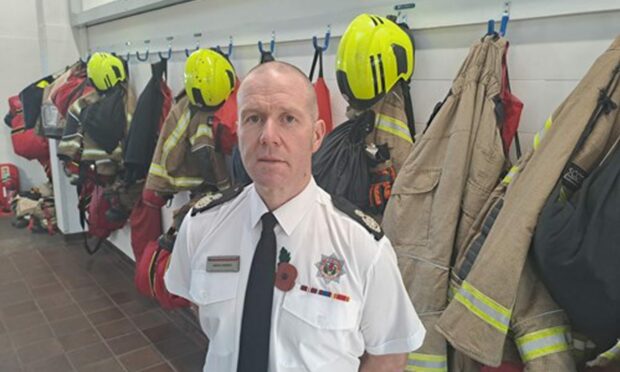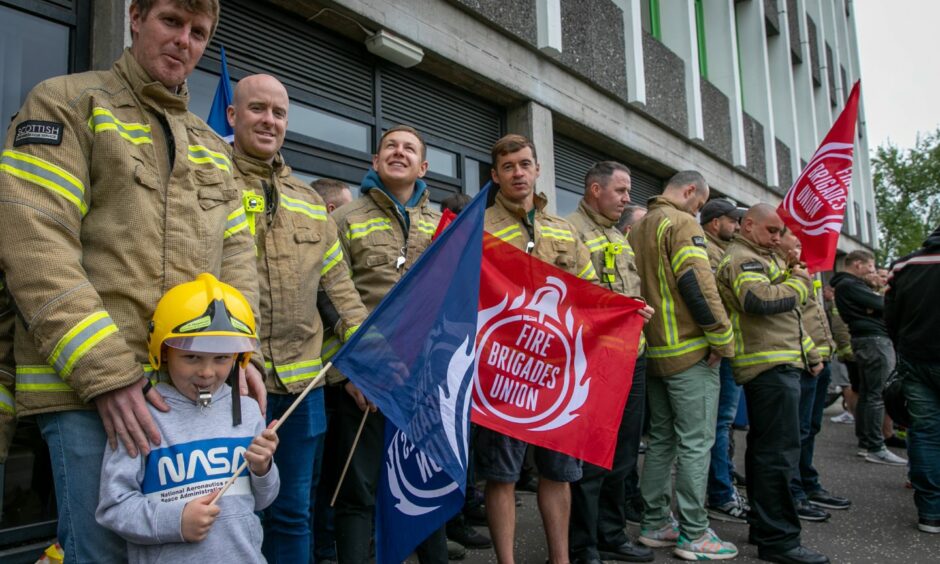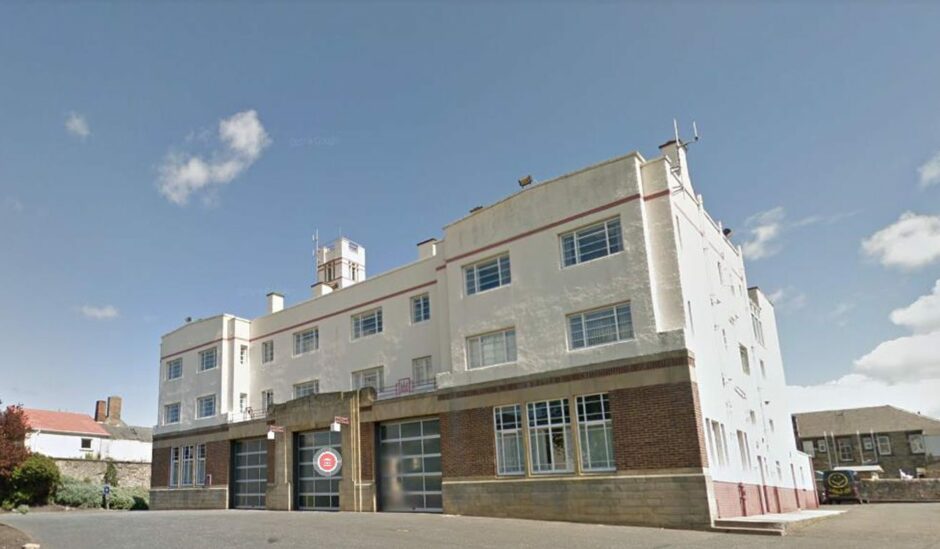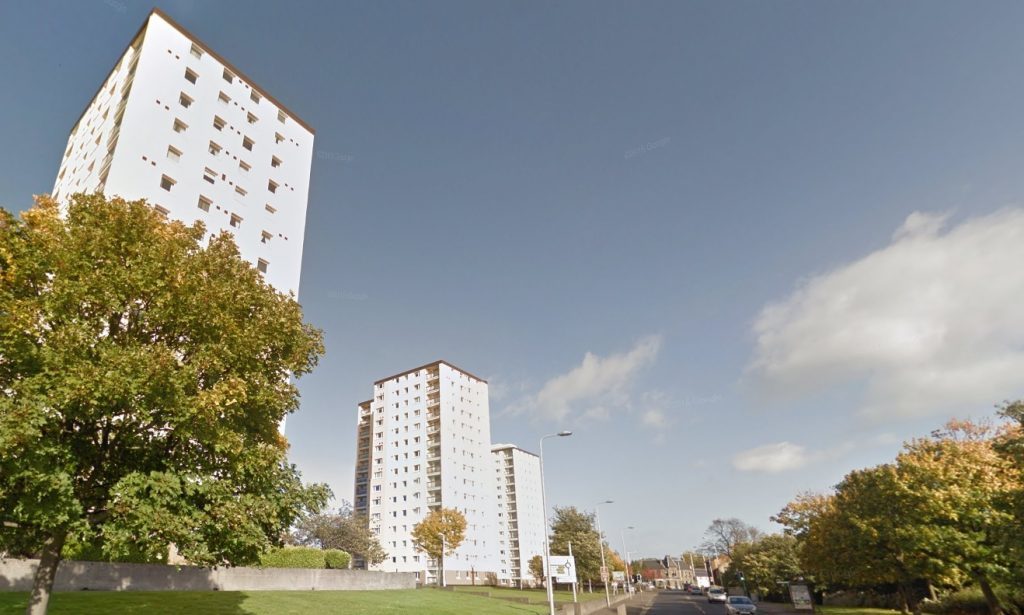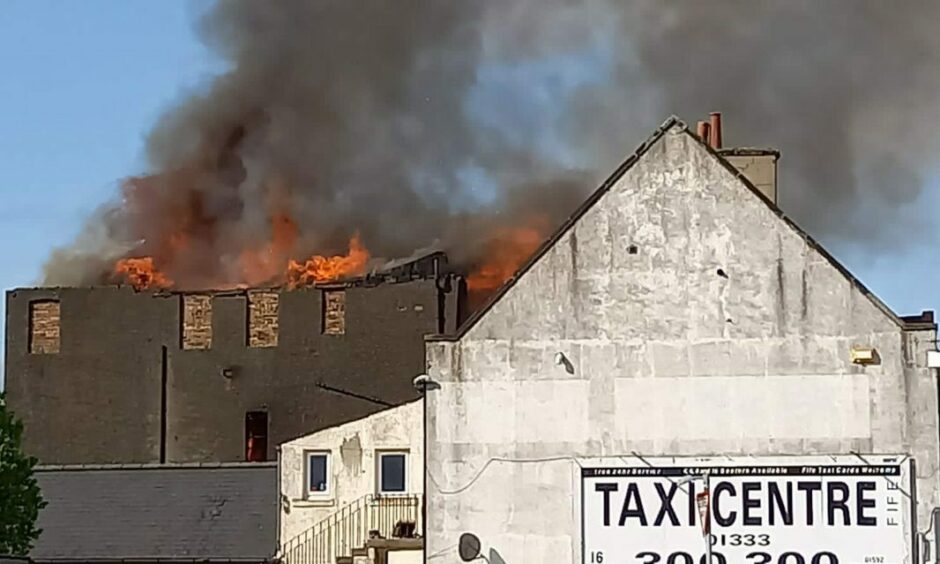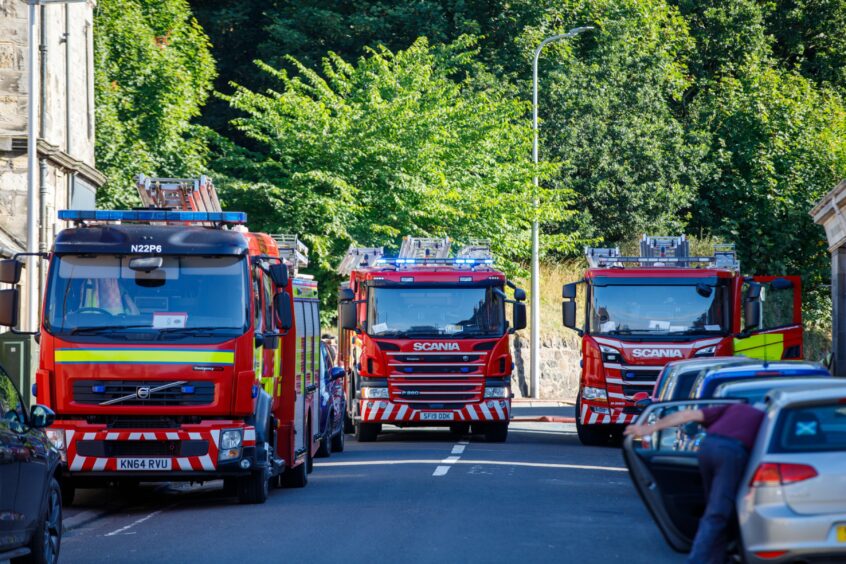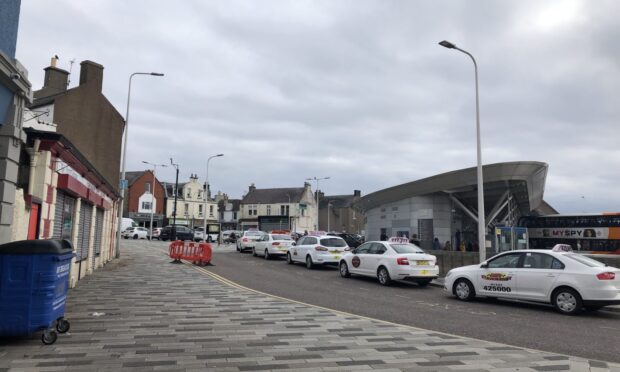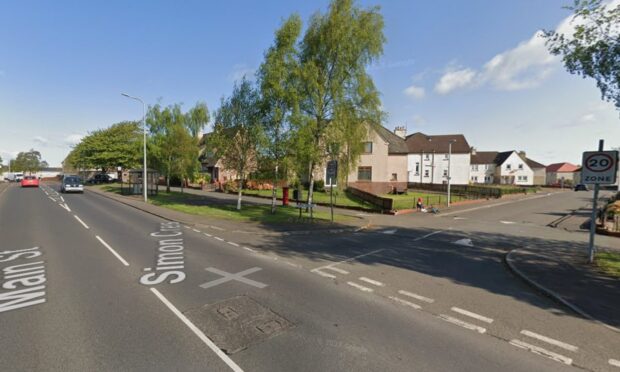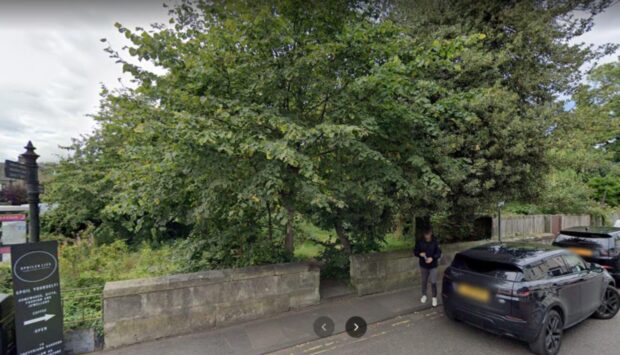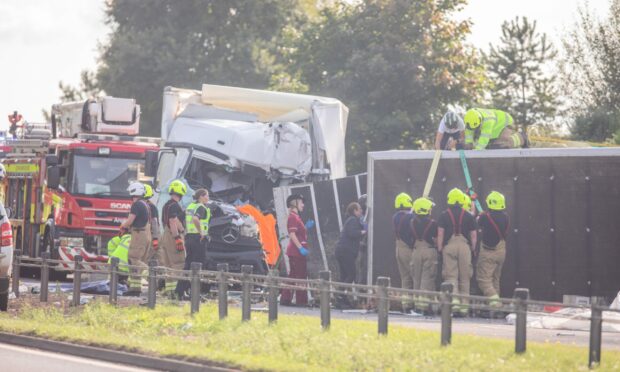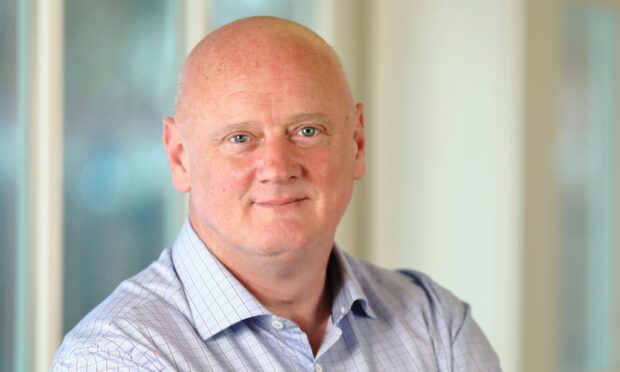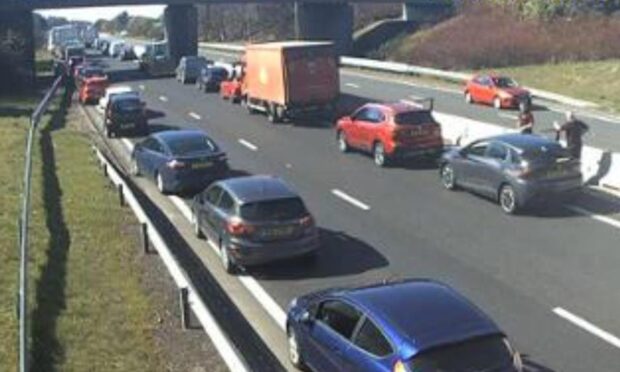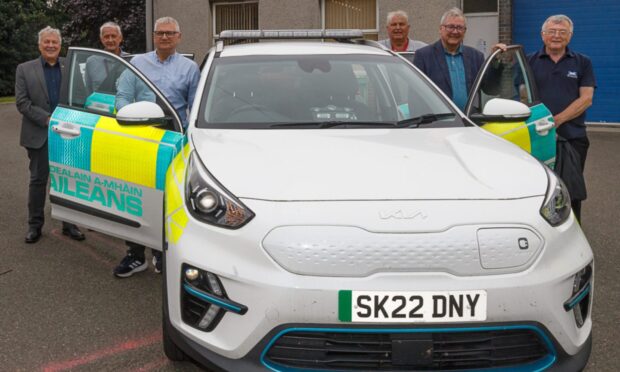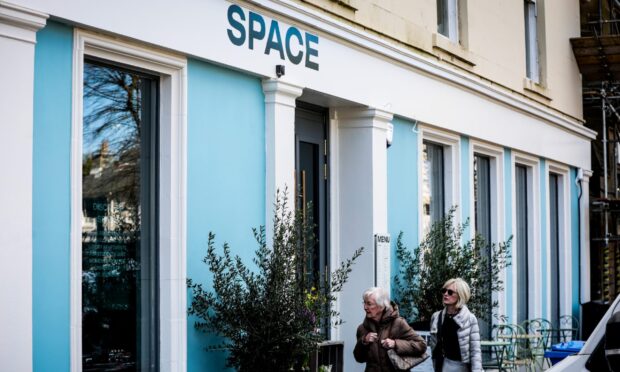Fire chiefs have confirmed stations will close and cuts to some appliances will be made permanent.
The Scottish Fire and Rescue Service’s assistant chief fire officer David Farries warned “significant and permanent” change is coming as he addressed concerns over cutbacks in Fife.
The service must find at least £36.5 million in savings within four years to meet budget targets.
Its announcement of the temporary withdrawal of appliances at 10 stations across Scotland – including four in Fife and one each in Dundee and Perth – has already caused a furious outcry.
The Fire Brigade Union (FBU) and communities have voiced strong safety concerns over increased response times.
And firefighters have staged noisy protests outside council buildings in Glenrothes and Dundee.
Public consultation on permanent cuts
However, Mr Farries told us: “We definitely need to make permanent changes.
“Once savings are made for this year, we will turn our attention immediately to a public consultation to gain the views of our communities about what needs to be done.”
But he insists community safety will always be the primary concern.
In an interview with The Courier, Mr Farries also:
- Addresses why Fife appears to have been disproportionately hit by the cuts
- Insists residents in high-rise buildings will still be safe following the removal of Kirkcaldy’s height appliance
- Gives reassurances over response times
- And reveals what will happen after the temporary removal of appliances in September, including some fire station closures.
Why is Fife losing so many appliances?
Mr Farries said he understands the fears expressed by Fife communities.
But he added: “As the person responsible for service delivery, it is incumbent on me to protect the communities of Scotland.
“I am not going to glibly remove appliances from communities without looking at the risks.”
Incident data from the last five years has been studied closely, he said.
“For Fife to lose so many does seem quite disproportionate and I can understand why the community might view it that way.
“It’s all about the level of activity in Fife, the risk and demand.
“In Fife there is a real over-provision of resources compared to the rest of the country.
“We just realised there are a number of appliances that weren’t particularly busy.”
Mr Farries said Methil crews receive an average of 1,000 calls per year, compared to 6,500 calls to Scotland’s busiest station.
And while Kirkcaldy’s height appliance attends many incidents, it was actually used just 70 times in the past five years.
What about residents in high rise buildings?
Wednesday marked the sixth anniversary of the Grenfell Tower tragedy.
And some Fife multi-storey residents have voiced fears for their lives if Kirkcaldy’s height appliance is withdrawn.
The nearest one will be based in Dunfermline.
But Mr Farries said thorough fire safety checks in the wake of Grenfell showed the region’s high rise buildings are safe.
The external cladding which caused the Grenfell fire to spread is not used in Scotland.
And the fire chief added: “The way we control fires in high-rise buildings is internally.
“I think there’s a common misconception that height appliances, like the one in Kirkcaldy, are going out and plucking people out of high rise buildings.
“We can bring people from their flat into clean air within the building and remove them from the building at that point.
“I do understand the concerns of people but they don’t really understand how we respond to fire.
“They are really in a safe environment.”
Fire service figures show the Kirkcaldy height appliance is mainly used as a water tower and has not been involved in a fire rescue in five years.
And there has been just one fire in a Fife high-rise in the past year.
Will response times suffer?
One concern raised repeatedly is around response times.
Mr Farries said he was content leaving Methil and Glenrothes with one pump each is reasonable.
“Across Scotland we have a huge number of one pump fire stations,” he said.
“They manage appropriately and adequately. They are safe operations and I’m comfortable with that.”
He said a recent spike in deliberate fire-setting in Levenmouth does not change the downward trend.
And he said there are many ways to bring in extra resources quickly.
Mr Farries does not agree with an FBU claim that a recent fire in Methil would have spread if it had happened after the cuts.
“I’m absolutely content that, had we had our new operational model in place, we would have got resources in from around the area and resolved that effectively,” he said.
What happens next?
The affected appliances will be removed from fire stations on September 4.
At this stage the move is described as a temporary withdrawal to save £11m this financial year.
However, that has been branded cynical and a ploy to avoid public consultation.
Mr Farries said: “We had to find £11m and we had to find it quickly.
“We know the process to make permanent changes to the fire and rescue service is a lengthy one.
“We didn’t have the time to do that for year one so we used our operational knowledge to make year one savings.
“I’m not hiding the fact we will have to make permanent withdrawals in the future.”
Why will fire stations close?
While removing 10 appliances across Scotland will balance the books this year, another £25.5m still needs to be found.
“We know we have fire stations in areas where past risk meant they were needed,” said Mr Farries.
“Because of demographic changes, changes to industry and how people live their lives, some of these fire stations are no longer strategically placed.
“Fife is a really good example.
Liven up your inbox with our new Fife newsletter. Sign up now to get all the most important stories delivered to you each week.
“We’re trying to make sure we get a fire service that’s fit for the communities of Scotland in the future.
“This gives us an opportunity to rebalance and reshape the service in a way that meets 21st century needs.”
